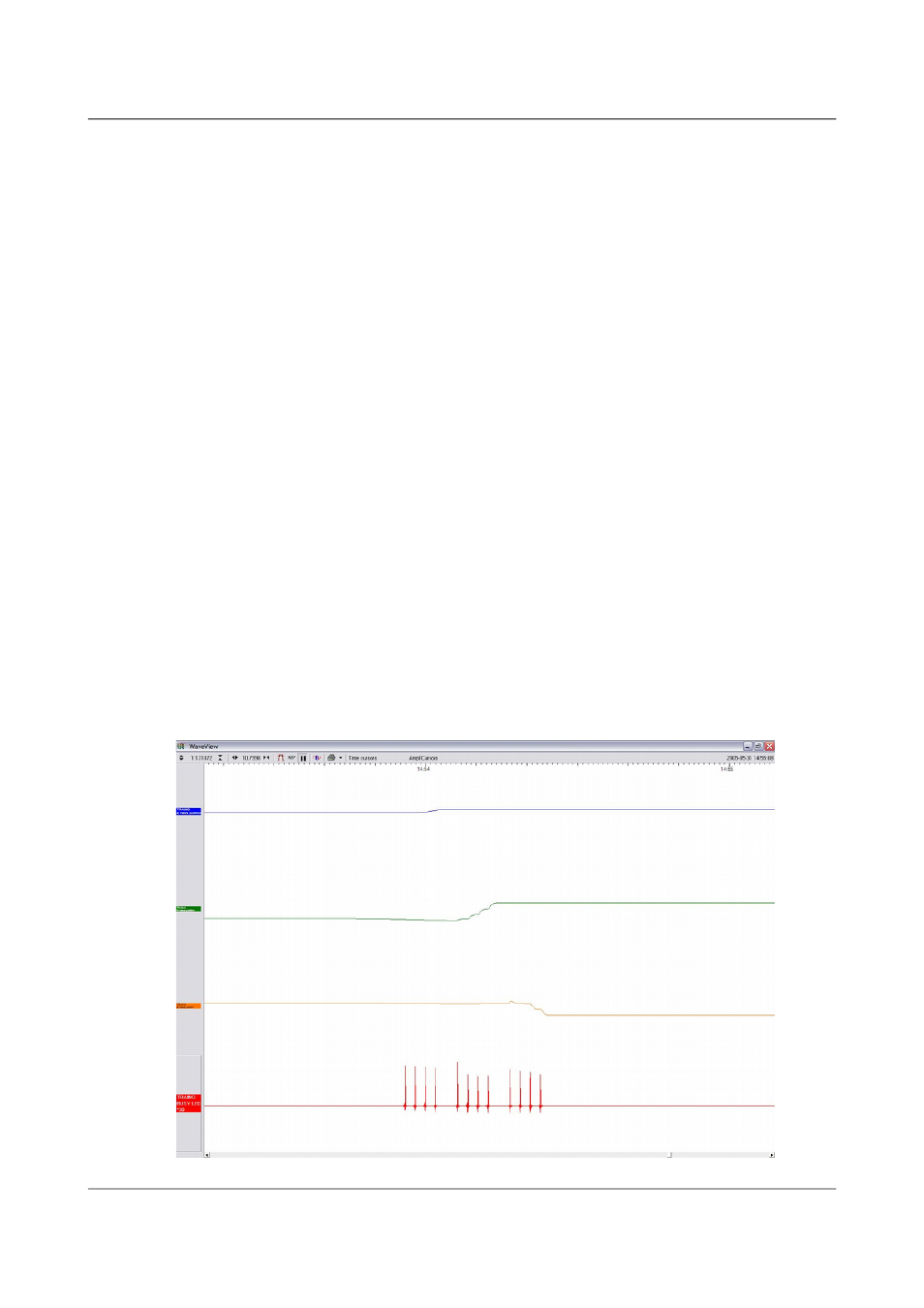Guralp Systems CMG-3ESPCD User Manual
Page 80

CMG-3ESPCD Digital Broadband Seismometer
Inside the 3ESPCD
4. The N/S sensor base is tilted to its level position. This process takes
rather longer. At some point during this stage, the mass may flip to the
other side (as seen in the green trace.)
5. The N/S sensor mass is centred by applying pulses to the motor. This
stage will take longer than stage 2, since it must move the mass all the
way from its end stop. As the mass nears the centre, the control circuit
spaces out the pulses.
6. The E/W component is checked and unlocked.
7. The E/W sensor base is tilted to its level position as in step 4.
8. The E/W sensor mass is centred as in step 5. After unlocking, the
instrument automatically performs a round of centring (see below).
7.1.2.3 CENTRE
This command re-centres the masses. If the masses are clamped, or if the
sensor mass positions do not exceed ± 1.2 V, the CENTRE command does
nothing. Otherwise, it attempts to zero the output of the vertical, N/S and E/W
sensors in sequence by exerting small extra forces on the boom.
For the vertical sensor, a motor-driven adjuster presses a small spring lever
against the boom until the mass position sensor indicates an offset close to
zero. In the case of the horizontal sensors, the sensor frame is tilted on its
base plate. Again, the controller monitors the mass position sensor and stops
the centring process once it reaches its lowest offset.
This graph shows a typical centring process:
80
Issue B - November 2013
